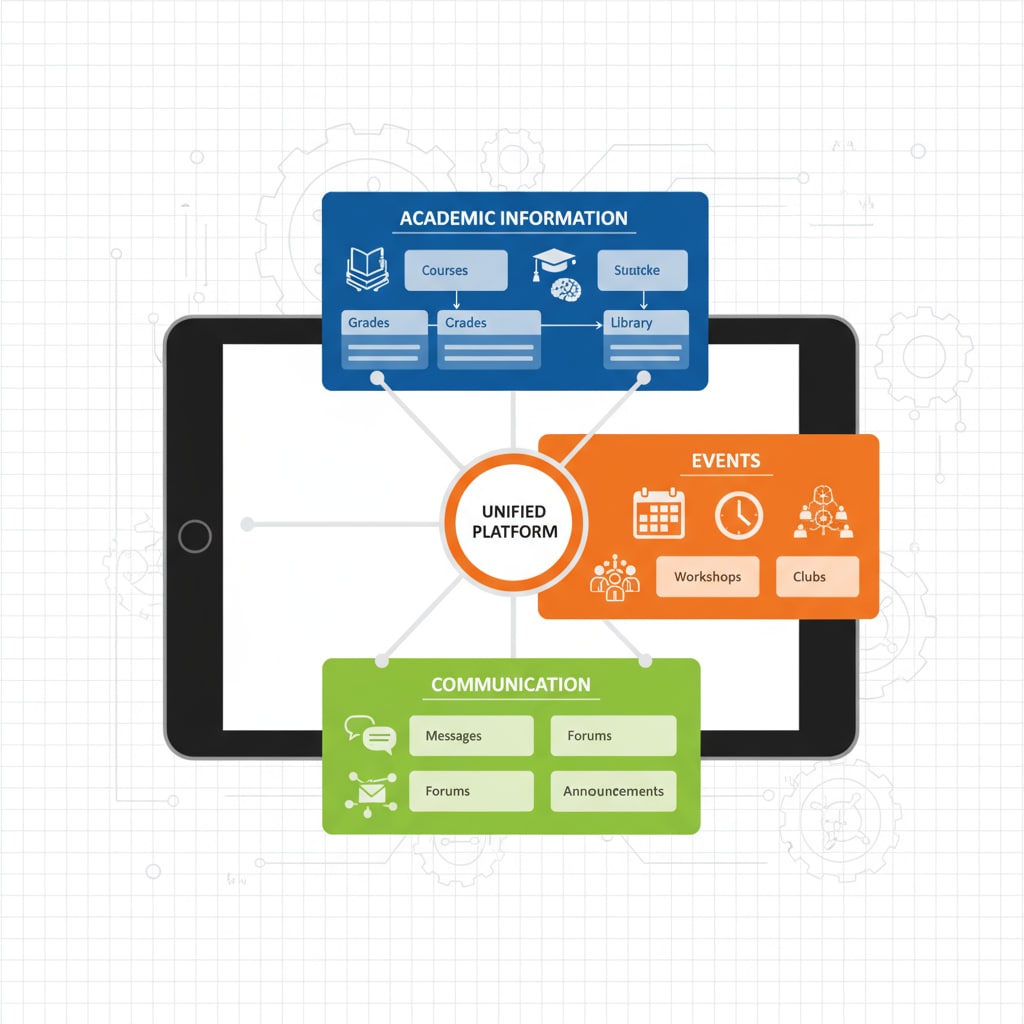In the realm of education, the school management system, parent communication, and information management play pivotal roles in fostering a collaborative learning environment. However, currently, the school-parent communication system is plagued by inefficiencies, particularly the problem of fragmented information. This fragmentation often leads to parents missing important notifications, thus hindering the effectiveness of educational synergy.

The Pain Points of the Existing System
The current school-parent communication systems suffer from several drawbacks. Firstly, the multiplicity of communication channels is a major issue. Schools may use emails, text messages, dedicated apps, and social media platforms to convey information. As a result, parents are often overwhelmed, struggling to keep track of all the messages. For example, important school events or academic updates might be sent via email, while a text message could be used for a last-minute change in schedule. This lack of a unified approach makes it easy for parents to overlook crucial information.
Secondly, the quality of information is often inconsistent. Some notifications may lack clarity, with ambiguous language or insufficient details. This can lead to misunderstandings and confusion among parents. In addition, the frequency of communication can also be a problem. Sometimes, there may be a flood of messages, causing information overload, while at other times, parents may receive very little communication, leaving them in the dark about their child’s progress.
Improvement Suggestions
To address these issues, integrating platforms is a crucial step. Schools should consider adopting a single, comprehensive platform that consolidates all communication channels. This would create a centralized hub where parents can access all information related to their child’s education. For instance, a unified app could include features such as academic progress tracking, event calendars, and direct messaging with teachers. By streamlining the communication process, parents will have a more seamless experience and be less likely to miss important updates.

Optimizing information distribution is equally important. Schools need to categorize and prioritize information. High-priority messages, such as emergency announcements or major exam results, should be sent via multiple channels to ensure maximum visibility. Regular updates, like weekly class summaries, can be sent in a more organized manner, perhaps through a dedicated section in the app or a monthly newsletter. This way, parents can quickly identify and focus on the most critical information.
Finally, establishing an interactive feedback mechanism is essential. This allows parents to share their thoughts, concerns, and suggestions with the school. For example, a feedback form in the app or a regular parent-teacher meeting can encourage two-way communication. By actively listening to parents, schools can make informed decisions and continuously improve the communication system.
Readability guidance: The article uses short paragraphs to clearly present the problems and solutions. Lists could be further incorporated in future improvements to make the content more organized. The use of active voice predominates, and transition words like ‘firstly’,’secondly’, ‘in addition’, etc., are used to enhance the flow of the article.


